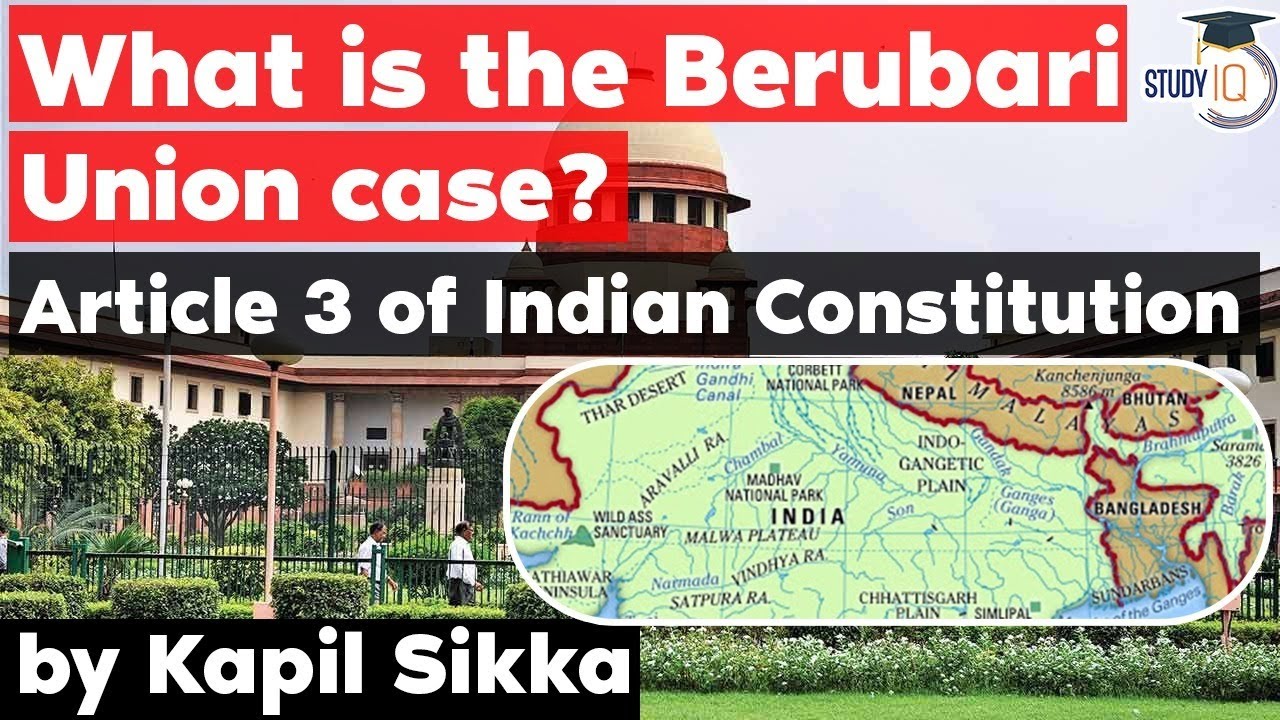Who Owns Antarctica?
Summary
TLDRIn this episode of *Map Men*, the hosts explore the intriguing history and territorial disputes surrounding Antarctica. From early exploration by Roald Amundsen and the race to the South Pole, to the convoluted claims by Britain, Chile, Argentina, and others, the video humorously unpacks the geopolitical landscape of the icy continent. The Antarctic Treaty of 1959, which aims to preserve the continent as a peaceful nature reserve, is also discussed. The episode wraps up with a look at tourism, climate change, and a quirky ad for Surfshark VPN, making for an entertaining and informative watch.
Takeaways
- 😀 Antarctica is often misunderstood on maps, appearing as a white stripe or large blob in Mercator projections.
- 😀 The continent is extremely cold, with temperatures as low as -60°C, and it's the driest place on Earth, making it the world's largest desert.
- 😀 Despite its harsh conditions, Antarctica has been the subject of territorial claims from various nations, including Britain, Norway, France, and others.
- 😀 Roald Amundsen of Norway was the first to reach the South Pole in 1911, but his achievement was overshadowed by Captain Scott of Britain, who reached the pole later but died on his return journey.
- 😀 Countries like Britain, Chile, and Argentina staked claims to portions of Antarctica based on early exploration or colonial agreements.
- 😀 The only part of Antarctica not claimed by any country is Marie Byrd Land, a remote section of the continent.
- 😀 In 1959, the Antarctic Treaty was signed by various nations to preserve the continent as a peaceful, scientific zone, preventing territorial expansion and military activity.
- 😀 The treaty allows countries to maintain existing claims but prohibits new ones, while also banning activities like mining, military operations, and nuclear testing.
- 😀 Today, Antarctica remains the world's largest nature reserve, although it is home to over 3,000 scientists and visited by over 44,000 tourists annually.
- 😀 Climate change is a major threat to Antarctica, with melting ice contributing to global sea-level rise, and the Antarctic Treaty is set to expire in 2048, potentially leading to major changes in the region.
- 😀 The future of Antarctica remains uncertain, with potential for resource exploitation, mass tourism, or even geopolitical conflicts once the Antarctic Treaty expires.
Q & A
What is Antarctica primarily known for in terms of its appearance on maps?
-Antarctica is typically shown as a crinkly white stripe across the bottom of maps, or as a massive white splodge on the Mercator projection, which often misrepresents its actual size.
What are some of the extreme environmental conditions of Antarctica?
-During winter, the sun doesn't rise for four months, and temperatures can reach as low as -60°C, making it one of the most inhospitable places on Earth. Despite this, it is also one of the driest and largest deserts in the world.
Why is Antarctica often referred to as the world's largest dessert?
-Antarctica is technically the world's largest desert because it receives very little precipitation, making it extremely dry despite its ice cover.
What motivated early explorers to venture into Antarctica?
-Explorers were driven by the desire for fame, glory, fortune, and scientific discoveries, with countries such as Britain, Norway, and France all racing to claim parts of Antarctica.
Who were the first explorers to reach the South Pole, and how did they achieve this?
-Norwegian Roald Amundsen and his crew were the first to reach the South Pole on December 14, 1911, surviving harsh conditions by eating their own dogs and taking precise measurements to confirm their location.
How did Britain view its claims in Antarctica after the race to the South Pole?
-Following Amundsen's success, Britain continued to assert its ownership of Antarctic territories based on the early explorations and flags planted by British explorers, despite overlapping claims from other nations.
What territorial claims did Chile and Argentina make on Antarctica?
-In the mid-20th century, Chile and Argentina claimed parts of Antarctica, asserting that the territories south of their borders, defined in a 15th-century agreement between Spain and Portugal, rightfully belonged to them.
What is the significance of Marie Byrd Land in Antarctica?
-Marie Byrd Land is the only part of Antarctica not claimed by any nation, making it the largest unclaimed landmass on the planet.
What was the purpose of the Antarctic Treaty signed in 1959?
-The Antarctic Treaty aimed to preserve Antarctica as a peaceful, scientific zone, prohibiting military activity, mining, and nuclear testing, while allowing existing territorial claims to remain but not expand.
What challenges does Antarctica face today, particularly in terms of environmental concerns?
-Antarctica faces the threat of climate change, with rising temperatures causing ice melt that contributes to global sea-level rise, as well as increasing tourism, which puts pressure on its pristine environment.
Outlines

This section is available to paid users only. Please upgrade to access this part.
Upgrade NowMindmap

This section is available to paid users only. Please upgrade to access this part.
Upgrade NowKeywords

This section is available to paid users only. Please upgrade to access this part.
Upgrade NowHighlights

This section is available to paid users only. Please upgrade to access this part.
Upgrade NowTranscripts

This section is available to paid users only. Please upgrade to access this part.
Upgrade NowBrowse More Related Video

Kronologi Sejarah Timbulnya Sengketa Batas Wilayah antara Indonesia dan Malaysia

Mappa Mundi - the worst world map?

S1 E5: New Zealand Wars (Part 1) | RNZ

Berubari Union Case Article 3 of Indian Constitution - Punjab Judicial Service Exam, WB PSC Judicial

Why Thailand And Cambodia Are Fighting Again: The Emerald Triangle Dispute Explained

History of England - The 100 Years War - Part 1 - Extra History
5.0 / 5 (0 votes)